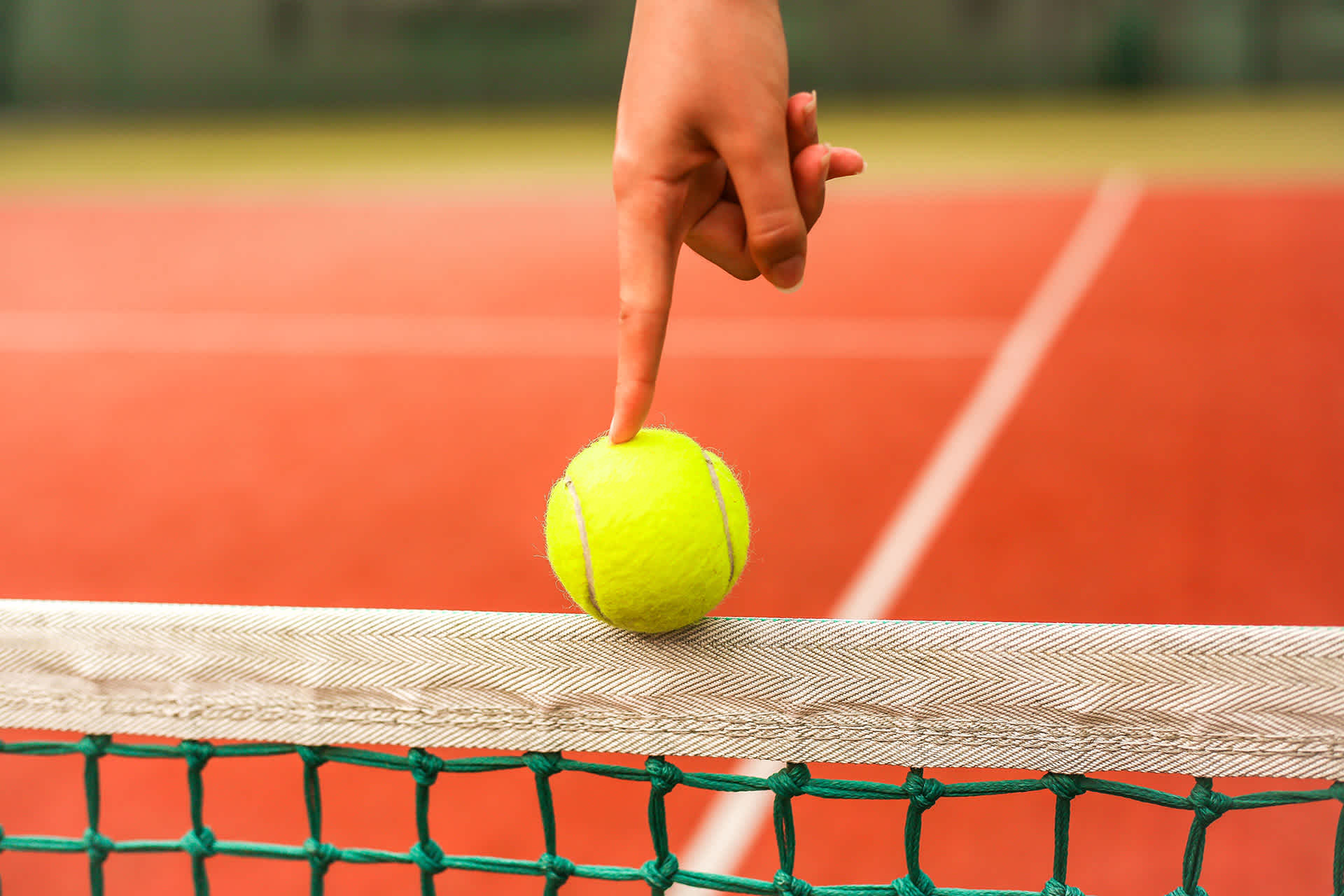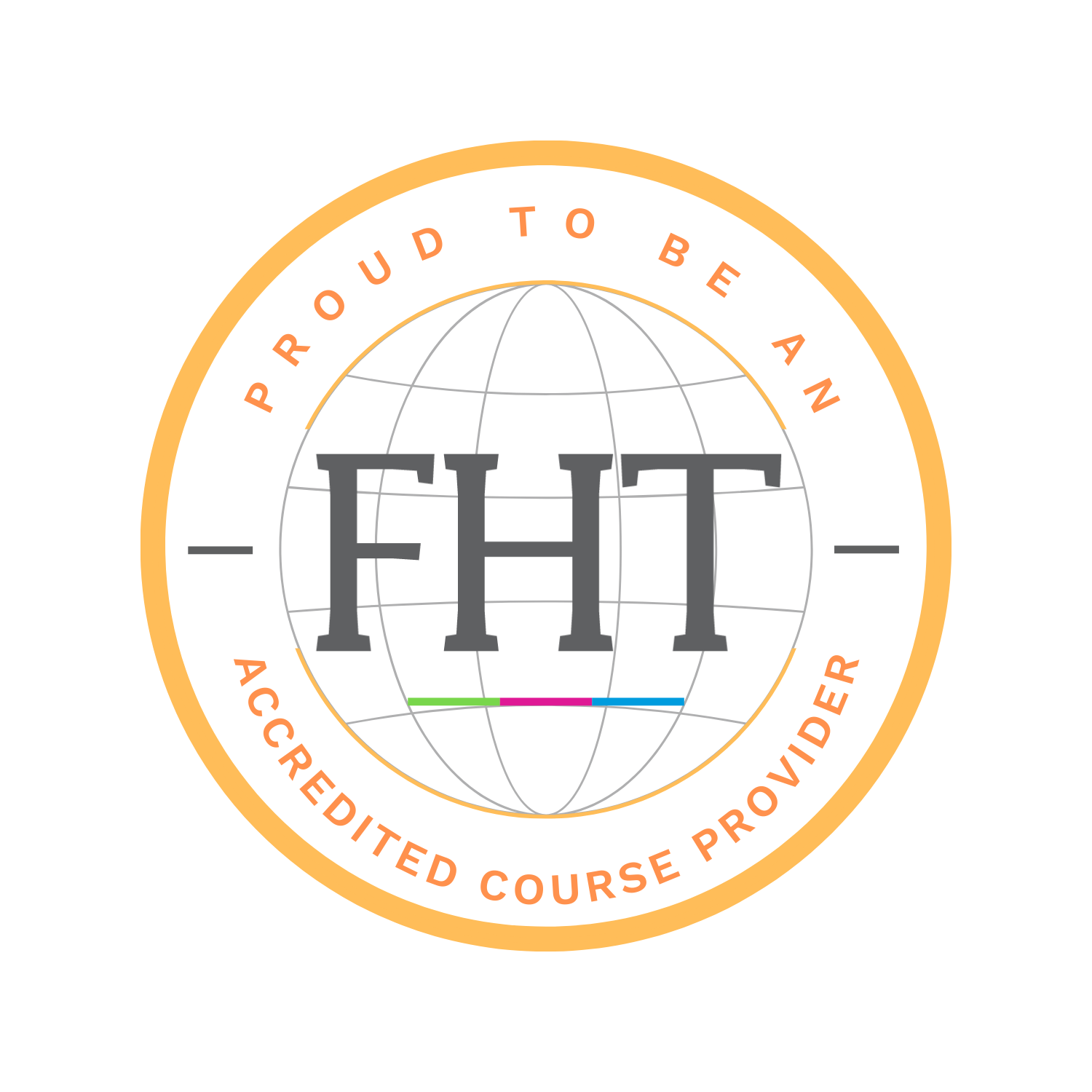Frequently asked questions
Sports therapists can use acupuncture and dry needling as part of their usual practice after completing our Medical Acupuncture & Dry Needling Foundation Course. Once successfully completed, we ensure that our foundation course delegates can use acupuncture and dry needling as part of their everyday practice safely, confidently and effectively.
Acupuncture and dry needling offer several benefits for individuals recovering from sports injuries:
Pain Management: Both acupuncture and dry needling are effective techniques for managing pain associated with sports injuries. They can help reduce pain and discomfort by stimulating the body's natural pain relief mechanisms.
Targeted Muscle Release: Dry needling, in particular, focuses on releasing trigger points or knots in muscles that can contribute to pain and restricted movement. It can help restore normal muscle function.
Improved Circulation: Acupuncture and dry needling can enhance blood circulation to the injured area, promoting tissue healing and reducing inflammation.
Faster Recovery: These techniques can expedite the body's natural healing processes, potentially leading to quicker recovery from sports injuries and a faster return to athletic activities.
Muscle Relaxation: Both acupuncture and dry needling can relax tense muscles and reduce muscle spasms, aiding in regaining mobility and range of motion.
Reduced Inflammation: These techniques can help reduce inflammation, which is a common response to sports injuries, and facilitate the healing process.
Improved Muscle Function: Dry needling can specifically target and release myofascial trigger points, restoring normal muscle function and alleviating pain.
Holistic Approach: Acupuncture focuses on the holistic balance of the body's energy, potentially addressing underlying imbalances that may contribute to injury and promoting overall well-being.
Stress Reduction: Sports injuries can be mentally and emotionally challenging. Acupuncture has a calming and stress-reducing effect, helping athletes manage anxiety and emotional stress during recovery.
Dry needling can be beneficial in some cases of ligament damage, but its effectiveness largely depends on the specific nature and severity of the injury. Dry needling primarily targets trigger points within muscles and fascia to alleviate muscle tension and pain. While it may not directly repair ligament damage, it can provide several potential benefits in cases of ligament injuries:
Pain Management: Dry needling can help manage pain associated with ligament damage. By targeting trigger points, it can reduce muscle tension and alleviate pain, making the patient more comfortable during the recovery process.
Improved Mobility: Alleviating muscle tension through dry needling can enhance joint and muscle flexibility, which can be particularly useful when recovering from a ligament injury.
Complementary Therapy: Dry needling is often used as a complementary therapy alongside other treatments, such as physical therapy or rehabilitative exercises, to support the overall recovery process.
Enhanced Rehabilitation: Dry needling can be integrated into a comprehensive rehabilitation plan to help patients regain muscle strength and function around the injured ligament.
it is becoming increasingly common for sports therapists to use both acupuncture and dry needling as part of their treatment offerings. These complementary techniques are gaining recognition for their effectiveness in managing pain, improving muscle function, and supporting the recovery of athletes and active individuals. The growing interest in holistic and integrative approaches to sports therapy has led to more sports therapists pursuing training and certification in acupuncture and dry needling.
Acupuncture and dry needling offer targeted pain relief and muscle relaxation, making them valuable tools in the sports therapy toolbox. These techniques can enhance the overall treatment plan for sports-related injuries and conditions, helping athletes and active individuals recover more effectively. As a result, sports therapists are increasingly incorporating both acupuncture and dry needling into their practices to provide a more comprehensive and patient-centered approach to care.
Acupuncture and dry needling can complement sports therapy in several ways, offering a more comprehensive approach to athlete care and injury management:
Pain Management: Acupuncture and dry needling are highly effective in managing pain associated with sports injuries. They can provide targeted pain relief, helping athletes recover more comfortably.
Muscle Relaxation: Both techniques can relax tense muscles, reduce muscle spasms, and improve muscle flexibility, which is essential for athletes looking to regain their full range of motion and function.
Enhanced Healing: Acupuncture and dry needling can enhance blood circulation to injured areas, promoting tissue healing and reducing inflammation, which is crucial for faster recovery.
Improved Mobility: By alleviating muscle tension and addressing trigger points, these techniques can help athletes regain their mobility and range of motion more quickly.
Complementary Treatment: Acupuncture and dry needling can complement other sports therapy interventions, such as manual therapy, stretching, and rehabilitative exercises, to provide a more well-rounded approach to recovery.
Stress Reduction: Sports therapy can be physically and mentally demanding. Acupuncture has a calming and stress-reducing effect, helping athletes manage the psychological aspects of their recovery.
Faster Recovery: The overall effect of these complementary techniques is often faster recovery times and better outcomes for athletes, allowing them to return to their sport sooner.
Preventing Recurrence: Acupuncture and dry needling can address underlying imbalances that may contribute to injuries, potentially reducing the risk of future injuries.

